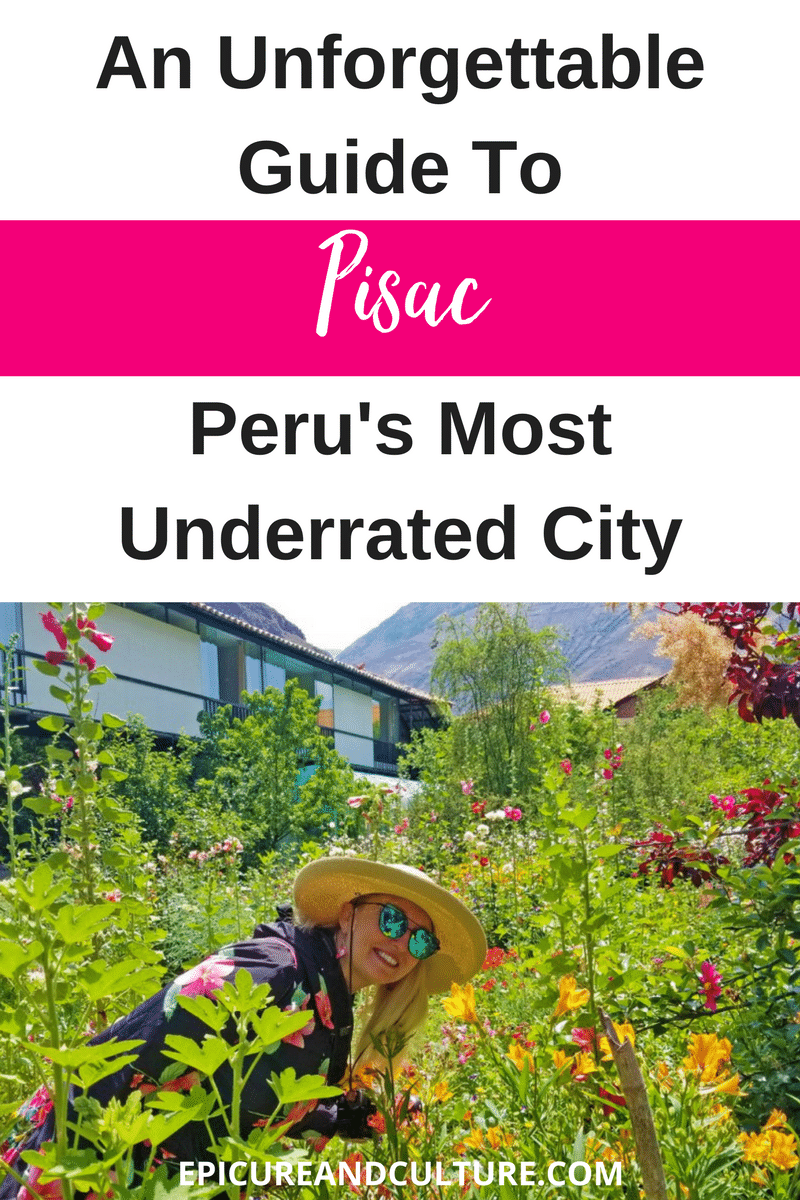
By Patti Morrow, Epicure & Culture Contributor
About a one hour drive from Cusco, Pisac is the city used as a starting point to the Sacred Valley and Machu Picchu.
Better–known Inca ruins at Machu Picchu and Ollantaytambo are worth seeing, for sure; but Pisac itself is one of the most colorful and diverse cities in Peru.
And with far fewer tourists.
I recently had an opportunity to explore the vibrant city with AdventureSmith Explorations.
Here are four reasons why you should consider spending some time in Pisac when traveling to Peru.
1. The Beauty & History Of The Pisac Ruins
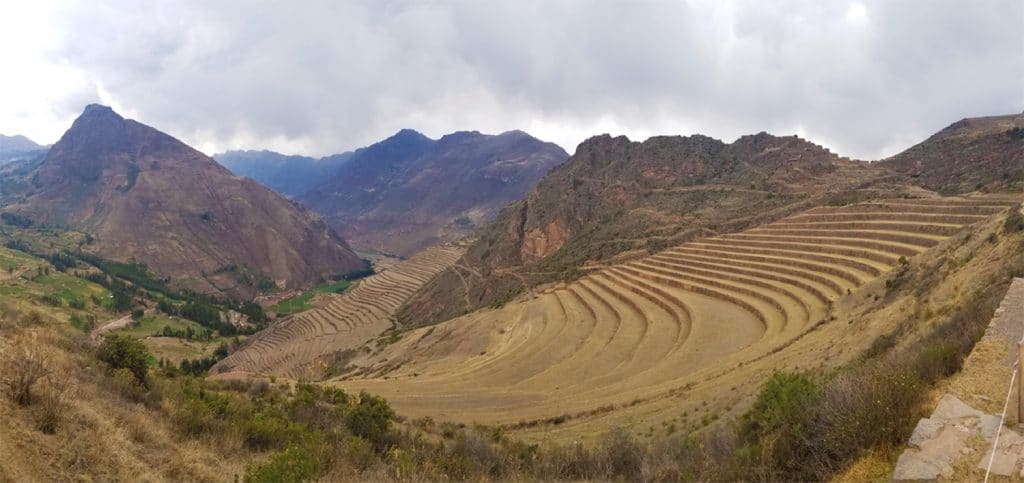
Pisac’s Inca ruins are an architectural marvel and should truly be featured in any Peru travel guide.
The citadel sits sentry at 9,751 feet above sea level, overlooking the village.
There is an undulating, rock-strewn path that winds between two deep gorges, exposing stunning views of the curved hillside terraces and the rugged Andes.
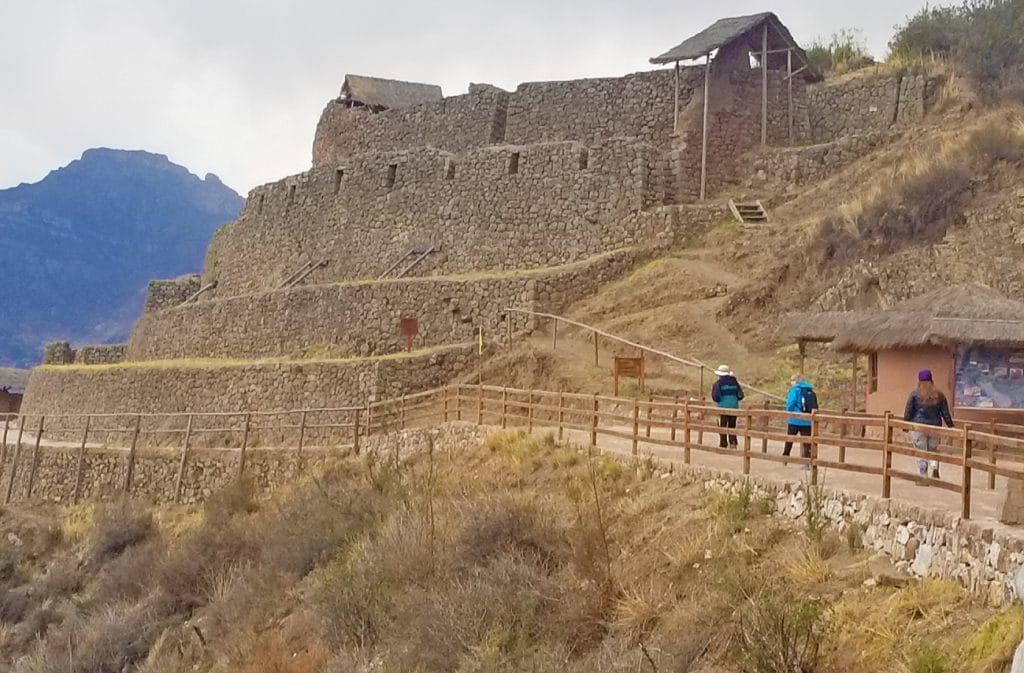
Pisac Ruins Explained
Pisac is believed to have had quadruple significance, acting as:
- An essential military outpost
- A place of administrative regulation, to control and store harvested crops in warehouses, and monitor people coming and going to the Amazon basin
- A home to temples of religious importance
In short, Pisac has huge historical significance worth exploring.
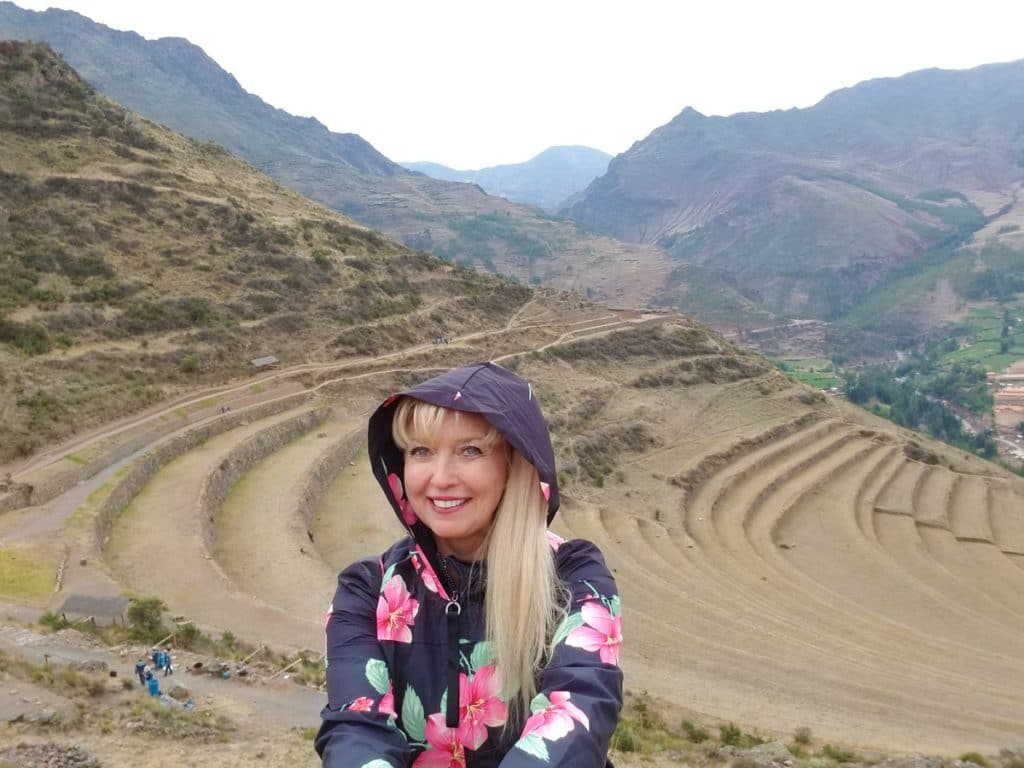
Moreover, the sweeping agricultural terraces are stunning in both visual impact and technology symbolized.
Blending man-made structures perfectly into the natural curves of the landscape was typical in Inca societies, showing their respect for Pachamama (Mother Earth).
Instead of altering natural land formations, they would merge.
Additionally, Inca farmers planted crops at different hillside levels to cultivate types and varieties of crops such as quinoa, lupines, potatoes and corn that required different temperatures to flourish.
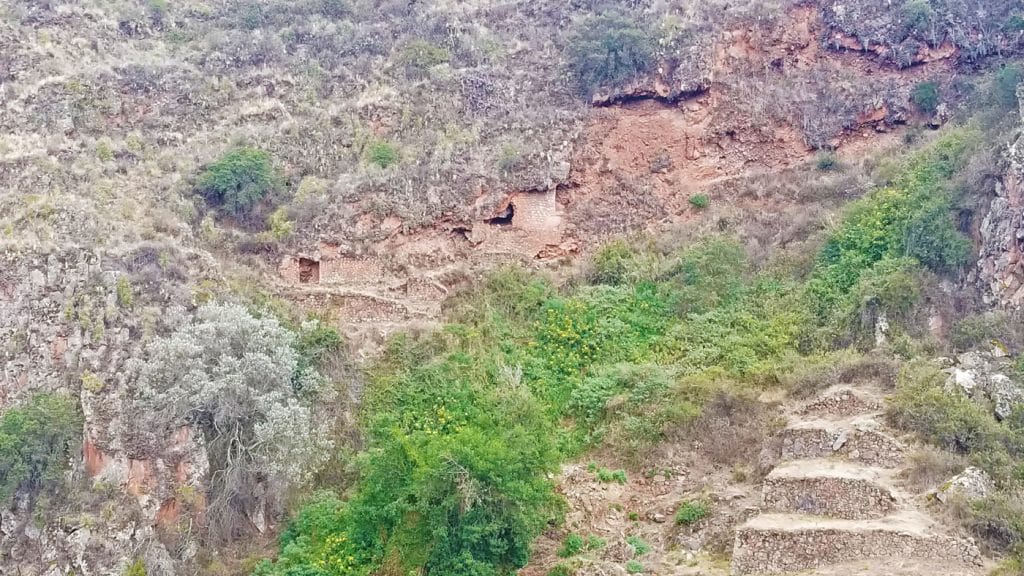
And for those of you who like titles, get this:
Pisac’s ruins contain the largest known Incan cemetery.
After death, the Incas were buried in fthe etal position, as they believed this was necessary to be reborn into another life.
Inca culture celebrates its deceased much like Mexicans celebrate Day of the Dead. Leaders were mummified and buried in tombs resembling honeycombs built into the cliffs.
Security is tight now though unfortunately too late to prevent previous tomb plundering.
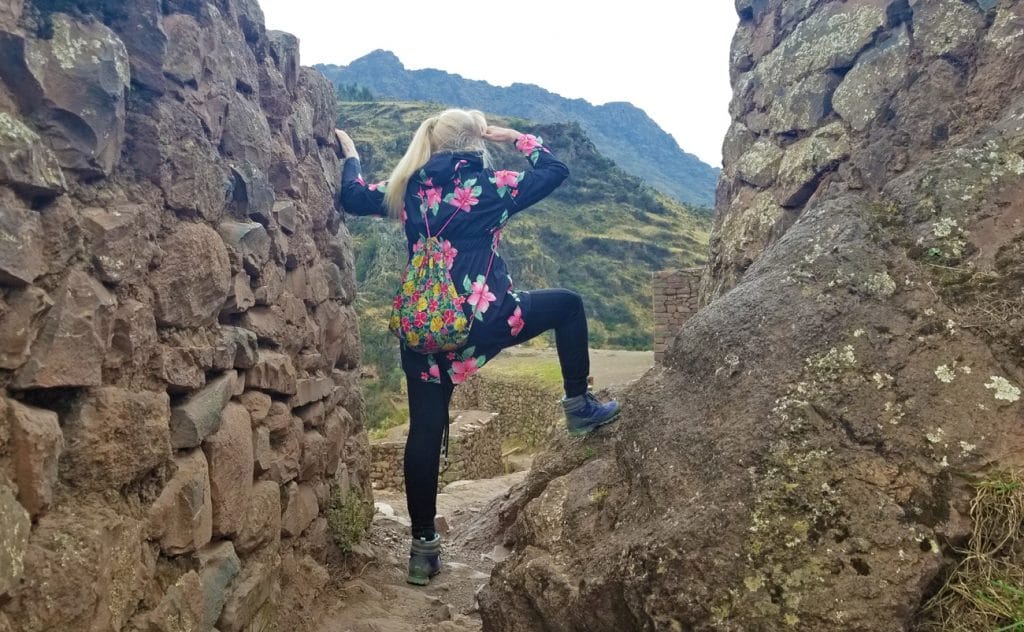
Pisac Ruins Hiking
We hiked on a packed dirt path to get to the highest point, called Q’allaqasa or Callacasa, aka “The Citadel.”
Be aware that for some, hiking can be a challenge at nearly 10,000 feet; however, as you move further up beautiful views of the Urubamba Valley and endless terraces help break up the climb, and allow those that need it time to catch their breath.
Once we reached the summit, we ventured further along a cliff-hugging path leading to yet another truly spectacular panoramic view.
It’s also possible to hike down past the terraces back to the town of Pisac. Not many tourists opt for this route, so you’ll likely have the rough path to yourself.
2. Cultural Exploration At The Pisac Market
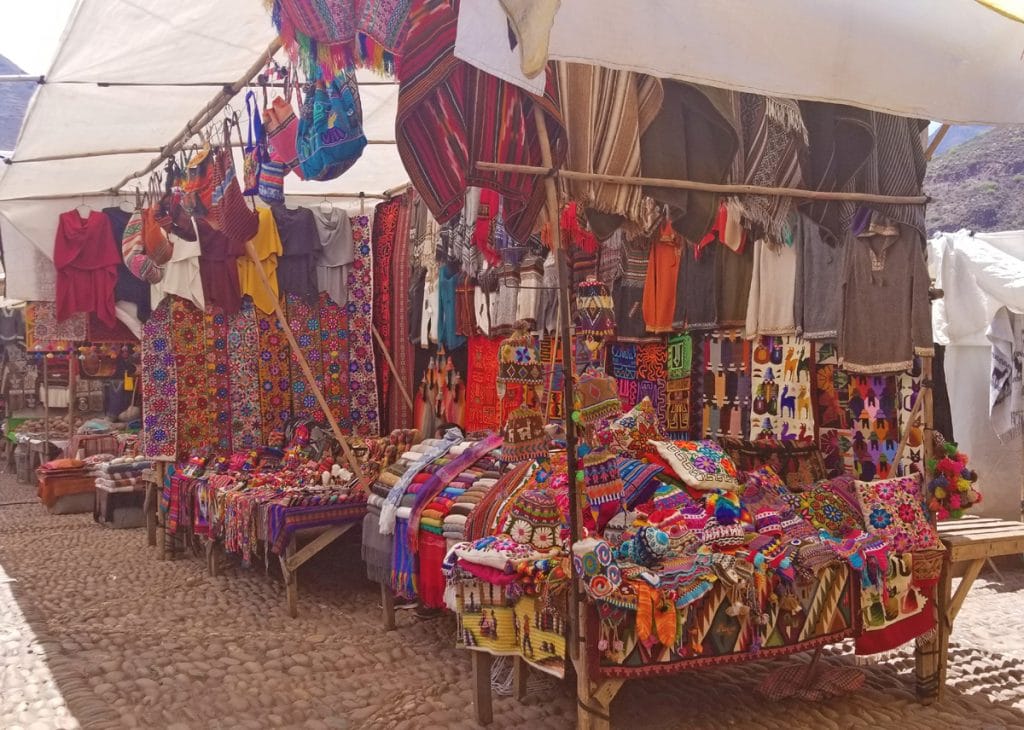
The Pisac Market — an open-air bazaar in this small city — is a bit touristy, but is still worthwhile.
Open on Tuesday, Thursday and Sunday, Pisac Market is a riot of colors, textures, scents and sounds, and one of the most fun places to bargain for souvenirs or grab a bite of freshly made street food to eat.
One recommendation:
nticuchos, skewers of grilled meat — usually cow or alpaca heart — dipped in a savory or hot sauce.
Afterward, they’re grilled for five to seven minutes, continually basting. Heart is most traditional, but if that doesn’t appeal to you, chicken is usually available, too.
Peru has more than 4,000 varieties of potatoes, some of which are sold in this market. Their native varieties look very different from what we are used to seeing in the super-grocery stores in the U.S.
I’m not normally a big fan of potatoes, but I couldn’t get enough of them in Pisac, especially the sweet potatoes. Between the natural flavor and the creamy sauces used for toppings, they were delicious.
What To Buy At The Pisac Market
Locals sell everything from alpaca sweaters to Peruvian rag dolls to hand-painted beaded jewelry, and of course the ubiquitous touristy tee-shirts and tchotchkes.
Some of the goods are Incan or Quechuan, though others are mass-produced.
It’s fairly easy to tell real alpaca wool, but take note of the substantial — but worth it — price difference.
Here’s an example:
I was looking for place mats, and the synthetic mats were less colorful. Furthermore, the designs were simpler, but symmetrically too “perfect.” The authentic alpaca mats I bought were gorgeous, vibrantly colored, a soft fuzzy texture, and no two were alike.
This also goes for other alpaca products like blankets, tapestries, table runners and handbags — soft and a little fuzzy to the touch. The synthetics products are too smooth.
For shoppers who prefer a less crowded experience, avoid Sunday and visit the market on Tuesday, when there are fewer tourists, but also fewer vendors.
Pisac Market is one of the most famous markets in Peru, and although it can be crowded, it’s fascinating to see the indigenous Quechua converge from the surrounding highlands dressed in traditional attire to barter and sell their produce.
You’ll also notice them buying their own supplies for the week. Many more will be making handicrafts in their stalls as they smile and chat with people passing by.
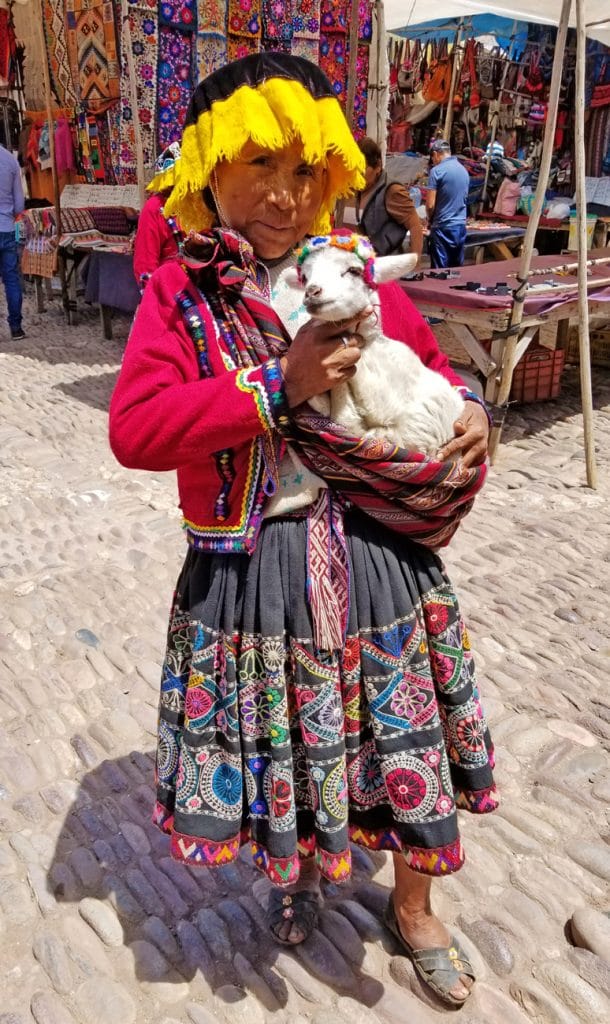
3. Savoring Authentic Pachamanca
Okay, now let’s get back to food.
And I’ve got a question for you:
Would you dig a Pachamanca meal?
As in, literally dig.
This Andean dish consists of heavily spiced meat, potatoes and vegetables buried under red-hot stones to cook.
The tradition dates back to the Inca Empire and remains an important part of Peruvian cuisine even today.
Incas believed that cooking food underground offered respect to Pachamama.

The Pachamanca Recipe
The first layer of Pachamanca is potatoes, of which there are an amazing 4,000 varieties in Peru.
Next, meat such as chicken, pork, lamb or guinea pig is layered on top, followed by vegetables like corn, beans and peppers.
Occasionally trout is placed on top of the vegetables for guests who do not eat meat.
The main herb for Pachamanca is huacatay, a type of wild mint.
A covering of banana or plantain leaves, dirt and grasses like alfalfa, is placed on top of and the makeshift oven is allowed to bake for several hours.

The meat comes out tender and smoky, and potatoes and vegetables meld together for a savory flavor. Pachamanca is organic and delicious and a must-try for visitors to Peru.
Because pachamanca takes such a long time to prepare, it’s not something often listed on restaurant menus; however, if you call ahead many establishments and farms will be glad to prepare it for a minimum of two people.
Silver, our local guide, booked our private meal directly with a local family.
4. The Beautiful Botanicals
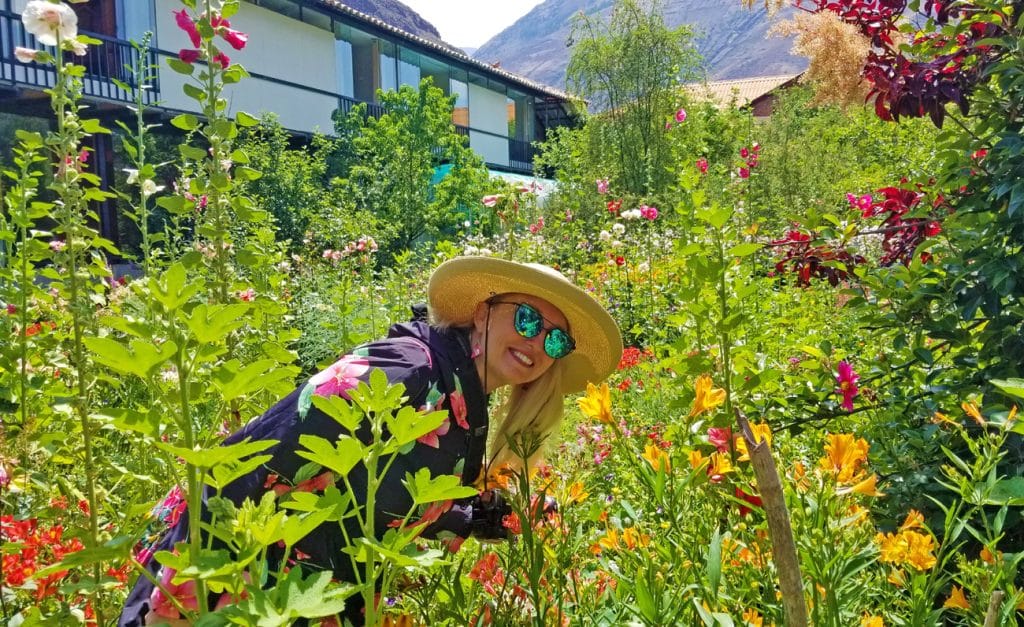
Next to Pisac market is the Botanic Garden, created in 1917 by Felipe Marín Moreno, a Peruvian botanist and explorer.
His son José now runs the small butterfly-rich gardens, which have been declared part of Peru’s historical heritage by the Minister of Culture.
The private garden is not very touristy, so if you’re looking for a respite from the hectic market, a stroll through the lovely fields of flowers is just the thing.
José himself will unlock the gate and give a personal tour through the courtyard. He’s a gentle, elderly man, and his pride of the gardens was easily felt and understood.
While the gardens are compact in size, they host many species of Peruvian and non-native plants, trees, flowers, every kind of cactus you can imagine, potatoes, and also birds, butterflies and bees.
Personally, there were two major highlights that came from my stroll at this Pisac attraction:
For one, the cactus plant that hosts the cochineal beetle, used to make the natural deep red-colored dye used in local weavings.
Second, I was fascinated by the ayrampo cactus, used as natural kiss-proof lipstick, which according to the locals, can withstand up to 22 kisses.
Getting To & From Pisac
The other great thing about Pisac:
It’s not far from other Peru highlights like Cusco and Ollantaytambo.
It is about 20 miles from the city of Cusco. Buses cost around $1.25-$2.00 and leave frequently from the bus terminal, not far from the Plaza de Armas for the 45-minute ride.
It’s also possible to hire a taxi. Depending on the location of your hotel, a licensed taxi should cost approximately $15-$20.
Alternatively, you can go with a more expensive group tour.
The trip from Ollantaytambo to Pisac is around 36 miles.
A taxi from your hotel or from the town square will cost approximately $29.
Taking the bus is a little more complicated since it involves taking a taxi to Urubamba where the bus terminal is located. Cost is around $2.50
Pisac Travel Video Inspiration
Check out this short-but-fun video summary of Pisac!
Disclosure: The author was honored to be the guest of AdventureSmith Explorations during her stay in Peru, but as always, the opinions, reviews and experiences are her own.
Liked this post? Pin it for later!
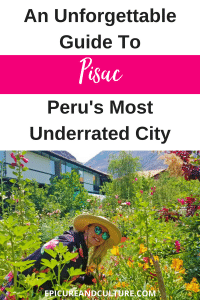
Latest posts by Patti Morrow (see all)
- An Unforgettable Guide To Pisac, Peru’s Most Underrated City - Apr 10, 2018
- How To Explore Eastern Europe’s Surprising Sparkling Wine Culture - Dec 13, 2017
- An Inside Look At China’s Mesmerizing Food Markets - May 15, 2017
- This Is What Happens When You Visit Sweden For The Coffee - Mar 15, 2017
- Cooking Authentic Macedonian Food At Lake Ohrid - Feb 8, 2017


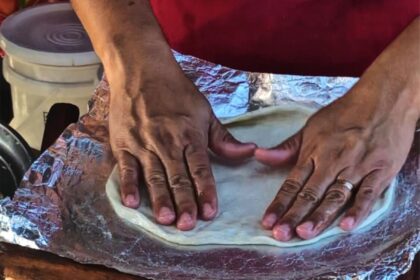
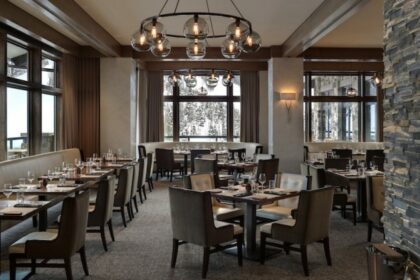

Thanks. How long would you recommend to plan visiting the whole area ?
Hi Michel — for the whole Sacred Valley of the Incas including Machu Picchu, I’d recommend 7 to 10 days.